Back Pain & Lumbar Spine Conditions
Compression Fractures of the Spine
This is a collapse of vertebral bone. It can affect one or more vertebrae. Compression fractures typically develop in your mid or lower back. This can change the shape of your spine.
Degenerative Disc Disease
This condition is a weakening of one or more vertebral discs, which normally act as a cushion between the vertebrae. This condition can develop as a natural part of the aging process, but it may also result from injury to the back.
Discogenic Pain
This pain comes from one of your spinal discs. Those are the soft cushions that allow the bones of your spine to flex and twist. Discogenic pain is a common reason for chronic lower back pain.
Herniated Disc
Between the vertebrae of your spine are soft discs. They let your spine twist and bend. They absorb shocks. But if damaged, the disc's soft center can push through the disc wall. That's a herniated disc. This bulge presses against nerves in your spine.
Facet Joint Syndrome
This is a problem with the facet joints of the spine. These are the joints where one vertebra connects to another. They support your spine, while allowing it to bend and twist. With this syndrome, these joints become stiff and painful.
Osteoarthritis of the Spine
If you have back or neck pain that doesn't go away, you may have osteoarthritis of the spine. Osteoarthritis is the most common form of arthritis. For many of us, it develops slowly as we age. And it can keep you from being as active as you like.
Post-Laminectomy Syndrome
This condition, also called "failed back surgery syndrome," is a type of chronic pain. It can develop in some people after spine surgery.
Spinal Stenosis
Your spinal nerves travel through your spinal canal and exit through openings we call "foramen." If any of these spaces are too narrow, your nerves become compressed. We say you have "spinal stenosis." It's a problem that most often happens in the neck and lower back.
Spondylolisthesis
This condition occurs when a lumbar vertebra slips out of place. It slides forward, distorting the shape of your spine. This may compress the nerves in the spinal canal. The nerves that exit the foramen (open spaces on the sides of your vertebrae) may also be compressed. These compressed nerves can cause pain and other problems.
Spondylosis
This is a crack that forms in a narrow bridge of bone at the back of a vertebra. A vertebra is one of the bones that forms your spine. Often, this injury happens in the lumbar spine. It can happen to people of all ages. But, we most often see it in children and teens. That's because their bones are still growing.
Kyphosis
This condition is a deformity of the spine. With it, your vertebrae change from a cylindrical shape to a wedge shape. Your spine may begin to curve forward. Eventually, this gives your upper back a rounded appearance.
Lumbar Radiculopathy
This condition is an irritation or compression of one or more nerve roots in the lumbar spine. Because these nerves travel to the hips, buttocks, legs and feet, an injury in the lumbar spine can cause symptoms in these areas. Sciatica may result from a variety of problems with the bones and tissues of the lumbar spinal column.
Sacroiliac Joint Pain
Your sacroiliac joints (we call them the "SI" joints) are the places where your hips meet your spine. These joints don't have a lot of flexibility, but they do move slightly as you move your body. And if SI joints become damaged or diseased, it can be painful.
PIRIFORMIS SYNDROME
This is a condition affecting the narrow muscle located in the buttocks. Patients may find that it worsens after extended sitting, walking, or running.


